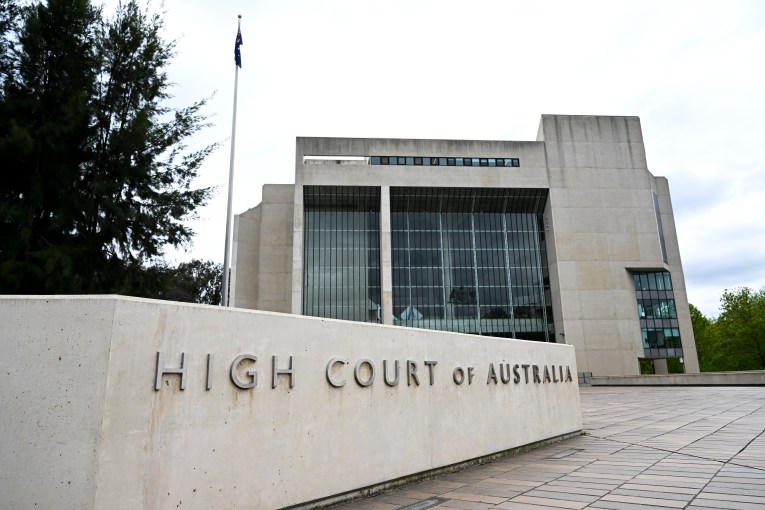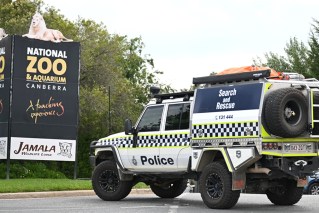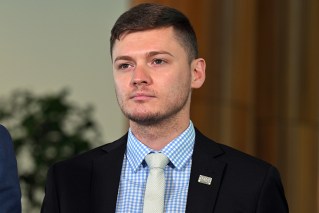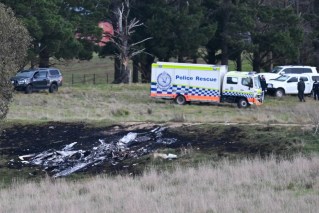ANU develops world-first animal tracking drones

The technology was tested on Canberra's bettong community. Photo: ABC
Researchers at the Australian National University (ANU) have developed a world-first radio tracking system that uses drones – with the help of Canberra’s bettong population.
The system is a big step forward in scientific animal tracking and uses robotic drones that fly above the bush canopy and pinpoint the location of radio transmitters on tagged animal populations.
The drone was developed in collaboration with the Australian Centre for Field Robotics (ACFR) and tested at Canberra’s bettong sanctuary at Mulligans Flat.
• Video: giant whale shows off with spectacular backflip
• World’s oldest captive wombat joins Tinder
“What’s really unique about it is that it’s a really small, portable system and we’re able to detect the standard radio tracking equipment that researchers are using all around the world, but we’re able to do it in a more rapid, accurate and efficient way,” lead researcher Debbie Saunders said.
“Before this we would have to do things manually, so we would be traipsing across the countryside with a big heavy receiver and a handheld antenna and walking looking like we’re looking for aliens or something.
“Whereas with our drone we can actually fly above the canopy, so we’re actually keeping a nice distance away from the animals … and we’re able to get an accurate location on where they are without disturbing them.”
The technology is already drawing international interest and is set to offer new insights into some of the world’s smallest and hardest-to-track animals.

The technology was tested on Canberra’s bettong community. Photo: ABC
“Lots of people have been trying to do this,” ACFR researcher Oliver Cliff said.
“We’ve had interest in our system from all around the world. We are still doing some fine tuning but we have achieved more than has ever been done before.”
Ms Saunders, who realised the need for the technology eight years ago, said the ACFR’s help brought the project to life.
“It was more a matter of just finding someone who was willing to give it a shot with me,” she said.
Ms Saunders said testing the drones at the bettong sanctuary worked well as bettongs were ideal candidates for testing, but there were huge possibilities as the technology was developed further.
“The bettongs were a nice choice because they’re one that is particularly tricky to track on the ground, because if you disturb them they will run away,” she said.
“We can begin to learn more about a lot of the world’s smallest species that move in unpredictable ways.”








